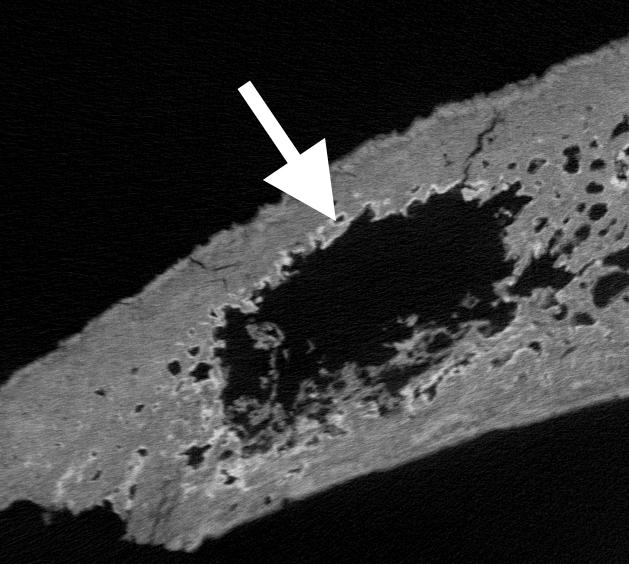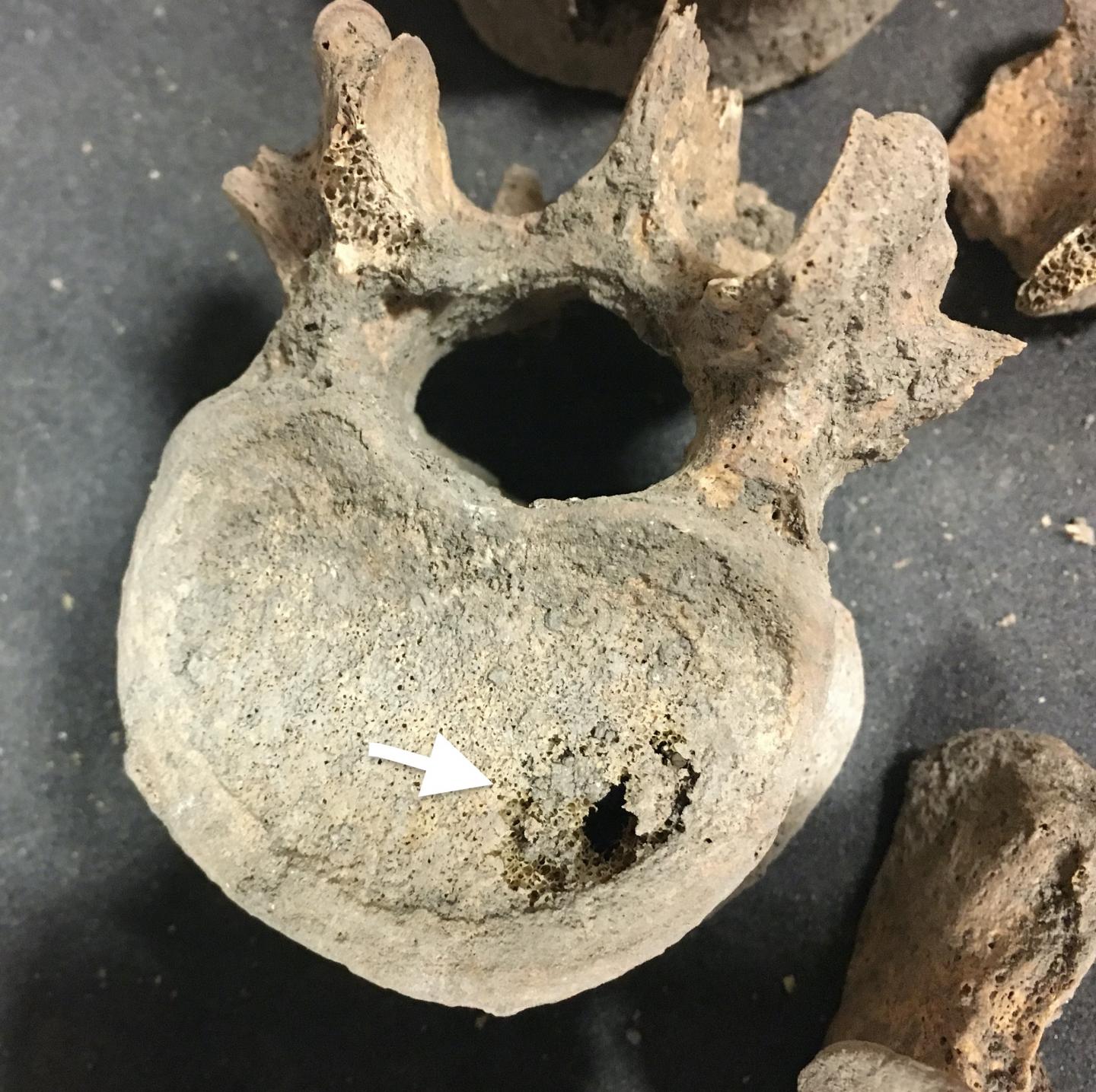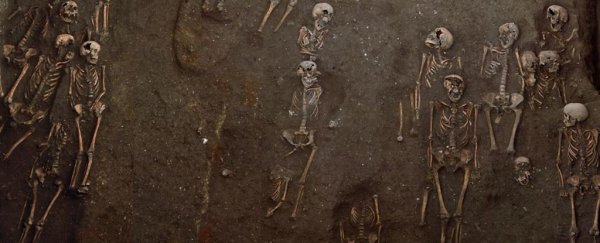Cancer isn't just a modern-day affliction. A new archaeological analysis suggests malignant growths in medieval Britain were not as rare as we once thought.
Even before widespread smoking, the Industrial Revolution, and the modern surge in life expectancy, it seems cancer was still a leading cause of disease.
Scanning and X-raying 143 medieval skeletons from six cemeteries in and around the city of Cambridge, archaeologists have predicted cancer cases between the 6th and the 16th century were roughly a quarter of what they are today.
That's 10 times higher than previous estimates, which had put cancer rates at less than one percent.
"Until now it was thought that the most significant causes of ill health in medieval people were infectious diseases such as dysentery and bubonic plague, along with malnutrition and injuries due to accidents or warfare," says archaeologist Jenna Dittmar from Cambridge University.
"We now have to add cancer as one of the major classes of disease that afflicted medieval people."
Past analyses of medieval skeletons in Britain have only focused on the exterior of the bone, but Dittmar and her colleagues decided to look for evidence of metastases within the bone, too.
 CT scan bone from a medieval skull with a white arrow showing metastasis. (Bram Mulder)
CT scan bone from a medieval skull with a white arrow showing metastasis. (Bram Mulder)
Scanning parts of the skeleton that are more likely to hold cancerous growths, such as the spinal column, the pelvis, and the thigh bone, the team found signs of malignancy in five individuals from medieval times.
Most cases were confined to the pelvis, but there was one middle-aged man that had lesions scattered throughout his skeleton, which is indicative of blood cancer.
 Excavated medieval spine, with white arrows showing cancer metastases. (Jenna Dittmar)
Excavated medieval spine, with white arrows showing cancer metastases. (Jenna Dittmar)
"Using CT scans we were able to see cancer lesions hidden inside a bone that looked completely normal on the outside," says Dittmar.
This type of scanning can detect bone metastases in patients about 75 percent of the time, and over a third of people today who die with cancer show evidence of these growths in their bones.
Based on these statistics, the authors think the minimum prevalence of all cancers in medieval Britain would have sat somewhere between 9 and 14 percent.
In the centuries since, that rate has surged. In modern Britain, where people live far longer, breathe more pollutants, and face more viruses, up to 50 percent of people have cancer by the time they die.
Figuring out how much cancer incidence has increased in recent years is important because it allows us to know where our greatest threats are coming from. Currently, it's still not completely clear how much tobacco smoking and pollutants have impacted our rates of disease as a whole because we don't have a baseline to work off.
Historic texts are not particularly trustworthy and are hard to compare to modern data, whereas archaeological remains are much more reliable, especially with the technology we've got today.
The sample size of the current study was obviously small and focused on only one region. It's also tricky business diagnosing cancer so many centuries later.
Yet even with these caveats in mind, the findings suggest we have been missing many cases of medieval cancer by not looking within the bone.
"We need further studies using CT scanning of apparently normal skeletons in different regions and time periods to see how common cancer was in key civilizations of the past," says first author of the new research, archaeologist Piers Mitchell from Cambridge University.
The study was published in Cancer. The paper is unavailable as of the time of publishing, but a pre-press proof of the study can be reviewed on Academia.edu.
